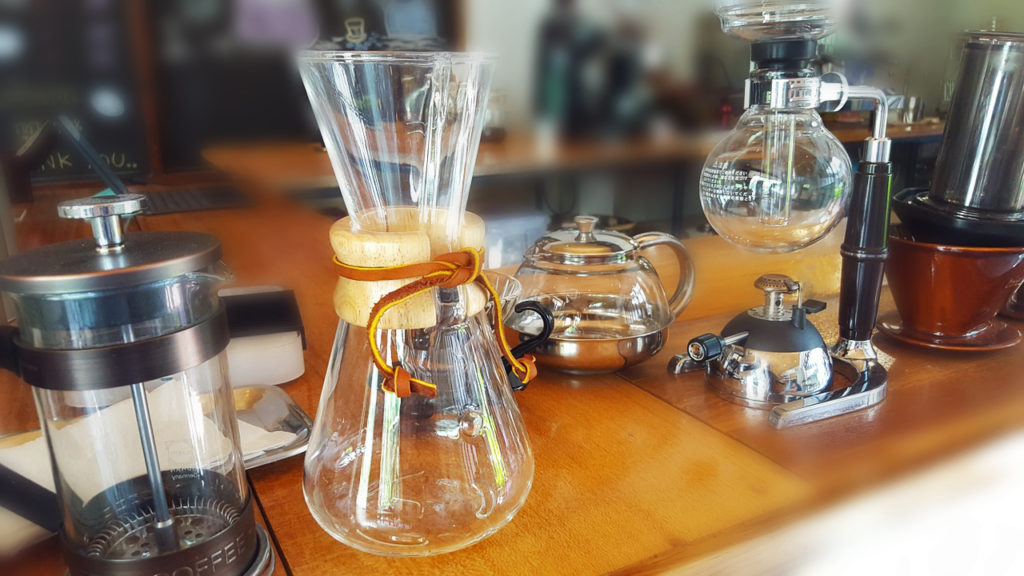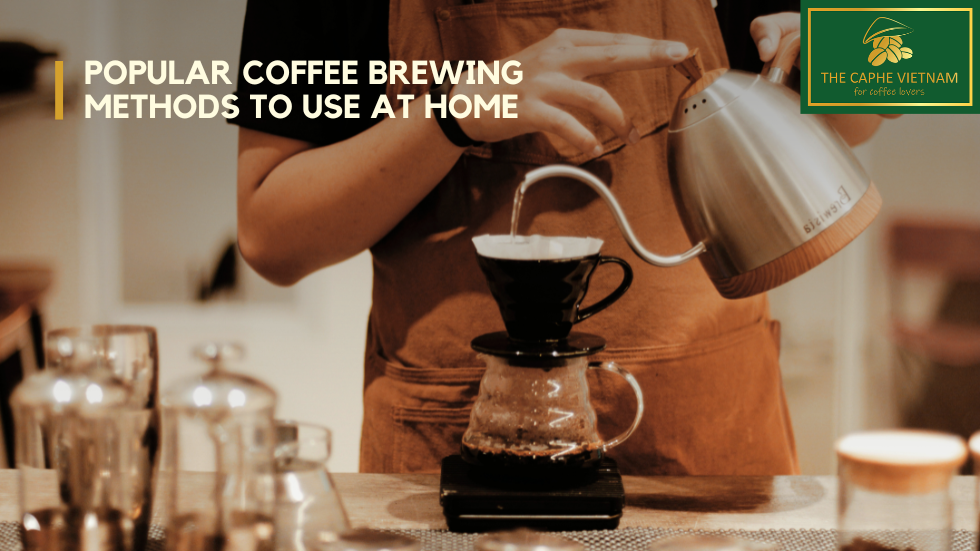Discovering the Art of Coffee Brewing: A Comprehensive Guide to Perfecting Your Mug
The art of coffee developing is a complex self-control that merges scientific research with personal expression, where the option of beans, water quality, and brewing methods merge to produce a polished sensory experience. Understanding the nuances of different coffee beans, particularly the distinctions in between Arabica and Robusta, is essential for any type of fanatic. The selection of suitable tools and thorough focus to brewing parameters can significantly influence the last result. As we check out these aspects, one must think about exactly how even small modifications can cause extensive adjustments in flavor and fragrance-- what might these modifications expose about your excellent mug?
Recognizing Coffee Beans
To absolutely appreciate the art of coffee brewing, one must first comprehend the fundamental component: coffee beans. These small seeds, normally derived from the Coffea plant, are critical in establishing the taste account, fragrance, and general top quality of the brewed beverage. Coffee beans largely drop into two categories: Arabica and Robusta. Arabica beans, recognized for their fragile flavors and greater acidity, are frequently favored by lovers. On the other hand, Robusta beans have a stronger, extra bitter taste and higher caffeine material, making them appropriate for espresso blends.

Additionally, the handling approach-- whether washed, natural, or honey-- impacts the beans' final preference. Comprehending these components enables makers to pick the best beans that line up with their preferred flavor profile, eventually enhancing the coffee developing experience. coffee brewing methods. This comprehension is vital for any person desiring understand the craft of making the perfect mug of coffee
Brewing Approaches Discussed
Several lovers find that the selection of brewing method substantially impacts the final flavor and fragrance of their coffee. Each method takes advantage of different extraction techniques, affecting the coffee's character and richness.
Drip brewing, among one of the most prominent methods, utilizes an equipment to drip warm water via ground coffee, creating a consistent and tidy mug. French press, on the other hand, immerses coffee grounds in hot water, allowing for a fuller body and more durable taste, as oils and fine particles remain in the mixture.
Pour-over developing provides a precise strategy, where water is manually poured over coffee grounds, enabling accurate control over extraction time and temperature, causing a nuanced and intense mug.
Coffee, a focused coffee made under stress, is recognized for its strong flavor and creamy structure, offering as the base for different coffee beverages, including cappucinos and cappuccinos.
Crucial Devices Required
The structure of any type of effective coffee developing process lies in top quality tools customized to your favored approach. A reputable coffee grinder is important; fresh ground beans significantly improve taste and aroma.
Next, consider your brewing gadget. Options range from drip coffee manufacturers and pour-over configurations to French presses and espresso equipments. Each technique supplies unique taste profiles and developing methods, so choose one that straightens with your taste preferences.
An exact scale is also vital, allowing you to measure coffee and water properly, which is essential for consistency. Additionally, a thermostat can help monitor water temperature level, as it straight affects removal high quality.
Mastering Water Quality
The quality of water used in brewing coffee plays a substantial function in figuring out the final flavor account of the cup. Different elements add to water top quality, consisting of mineral material, pH level, and general purity. Ideally, water should be devoid of pollutants and impurities, as these can detrimentally affect the taste of coffee.
Minerals, such as calcium and magnesium, enhance the extraction of tastes from the coffee premises, while maintaining a well balanced pH level-- around 6.5 to 7.5-- is crucial for optimal removal. Water that is too soft website here may bring about under-extraction, causing weak or sour flavors, while overly tough water can create a bitter or extreme mug.
For the ideal outcomes, filtered water is suggested, as it reduces the existence of chlorine and other undesirable materials usually discovered in tap water. In addition, think about using water with a Complete Dissolved Solids (TDS) degree between 150-200 ppm, which is usually excellent for coffee brewing. By grasping water quality, you can lay a strong structure for accomplishing a constantly excellent cup of coffee, permitting the special characteristics of your chosen beans to beam through.

Tips for Taste Improvement
Enhancing the taste of your coffee can significantly boost your developing experience and bring out the one-of-a-kind subtleties of your selected beans. To achieve this, consider numerous vital factors that affect preference.
Firstly, the work size plays a critical duty. A finer grind More Info enhances extraction, causing bolder tastes, while a coarser grind returns a milder mug. coffee brewing methods. Change your grind according to your brewing technique to attain optimum results
Secondly, try out brew time. Over-extraction can bring about bitterness, while under-extraction results in a sour preference. Go for a brew time that balances these extremes, typically between 2 to four minutes, relying on your method.
Furthermore, temperature is a vital aspect. Developing with water that is as well hot can scorch the coffee, while water that is as well amazing may fail to extract appropriate flavor. The perfect temperature level range is 195 ° F to 205 ° F(90 ° C to 96 ° C)
Conclusion) )))) In verdict, the art of coffee developing is a diverse practice that requires a deep understanding of different elements, consisting of bean choice, developing approaches, and water high quality. Mastery of essential devices and interest to detail in grind dimension, brew time, and temperature are vital for accomplishing ideal removal. By incorporating these parts, coffee fanatics can boost their developing strategies, resulting in a mug that not only pleases personal preferences but additionally showcases the abundant intricacy of coffee tastes.
The art of coffee developing is a diverse discipline that merges science with personal expression, where the option of beans, water top quality, and developing methods assemble to develop a polished sensory experience.To absolutely appreciate the art of coffee developing, one Full Article should initially recognize the fundamental element: coffee beans. Brewing with water that is also hot can scorch the coffee, while water that is too trendy may fail to extract adequate taste. In verdict, the art of coffee brewing is a diverse practice that needs a deep understanding of numerous aspects, consisting of bean option, developing approaches, and water high quality. By integrating these parts, coffee lovers can elevate their brewing methods, resulting in a mug that not just pleases personal choices however also showcases the rich complexity of coffee flavors.